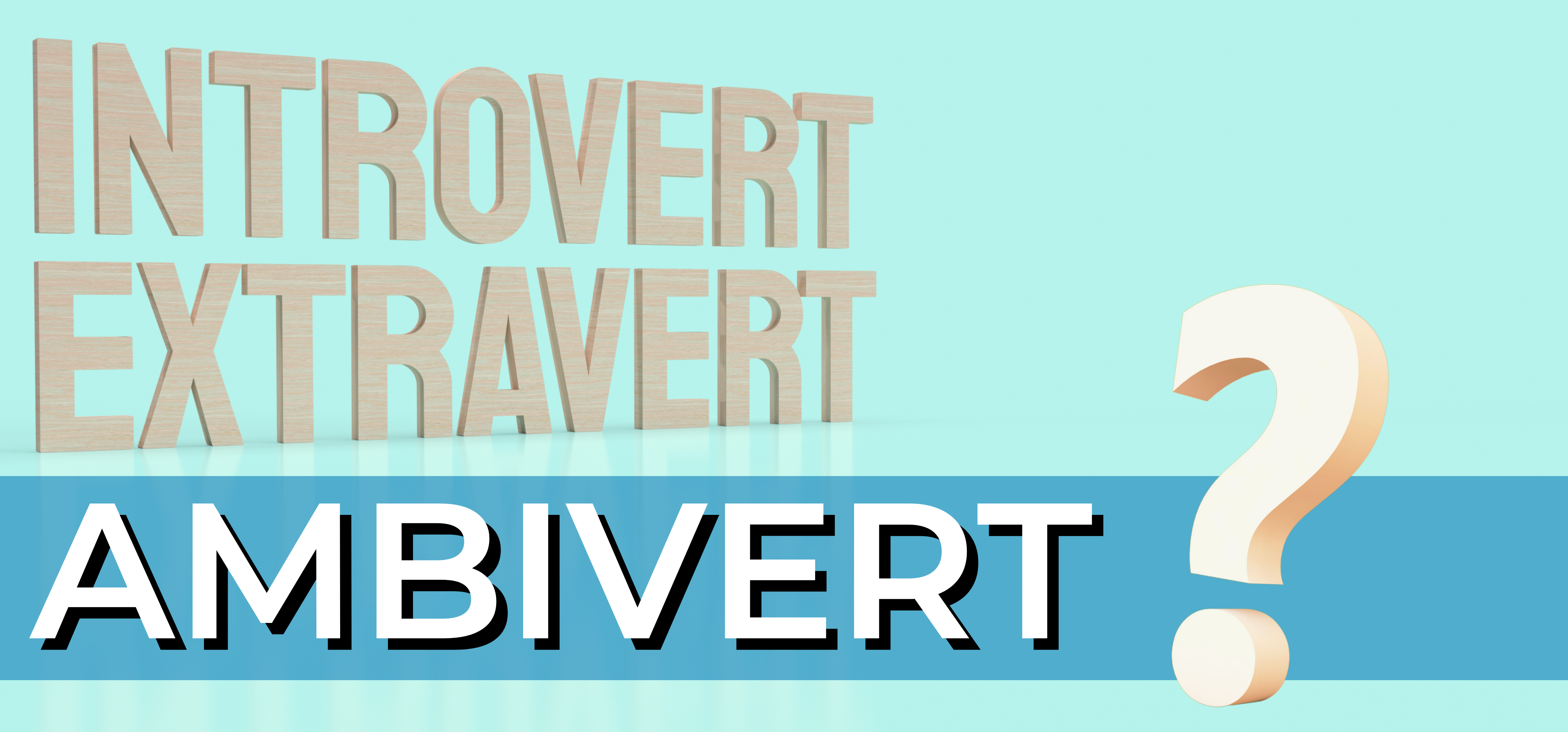Some people hesitate to invest in personal branding because they can’t see a clear return…

Are You Really an Ambivert? Or Just an Introvert Who Knows How to Show Up?
For years, people have debated the differences between introverts and extroverts, and somewhere in the middle, the term “ambivert” has popped up like a magical unicorn. The idea is that some people perfectly balance both traits, able to switch seamlessly between introverted and extroverted behaviors.
But here’s the thing—I don’t buy it. I don’t think ambiverts are a real thing.
Before you come at me with pitchforks (or politely message me, because we’re introverts here), let’s break this down.
The Truth About Energy and Personality
While introversion and extroversion exist on a spectrum, at the core of it all is how you recharge. Extroverts gain energy from social interaction, while introverts expend energy in those same settings and need time alone to replenish. That fundamental energy difference doesn’t change just because someone can be outgoing when needed.
Think of it this way: just because you can swim doesn’t mean you’re a fish. You’ve learned a skill, but it’s not your natural state. The same applies to introverts who can work a room when necessary—it doesn’t change their fundamental energy source.
Being Outgoing Doesn’t Make You an Extrovert
I work in an industry (meetings and events) that is full of extroverted expectations—networking, schmoozing, constant social interaction. And yet, I know plenty of self-identified introverts who appear extroverted in these settings. They navigate networking events like a pro, making conversation, shaking hands, and even enjoying themselves.
But does that mean they’re suddenly extroverts? Nope.
It just means they’ve learned how to adapt to certain social situations. They know how to “turn it on” when necessary, but at the end of the night? They’re craving a quiet room, a cozy blanket, and maybe an hour of scrolling in silence.
This doesn’t mean they’re living a lie or forcing themselves to be someone they’re not—it simply means they have developed the ability to function in a world that often rewards extroverted behavior.
The “Ambivert” Myth
When people say, “I’m an ambivert,” what they often mean is, “I’m an introvert who has developed social skills and knows how to function in extroverted spaces.” Or, “I’m an extrovert who sometimes needs a break.” But at the end of the day, you still lean toward one energy temperament or the other.
The concept of an ambivert is tempting because it makes people feel like they have the best of both worlds. But the reality is, we all have a natural preference. Some introverts are highly social and love engaging in deep conversations, while some extroverts occasionally seek quiet moments. That doesn’t mean they sit squarely in the middle—it just means personality is nuanced.
Why Labels Matter (and Why They Don’t)
Understanding whether you’re an introvert or extrovert isn’t about putting yourself in a box—it’s about knowing how to optimize your energy. When you recognize your tendencies, you can structure your life in a way that plays to your strengths rather than drains you.
For example:
- If you’re an introvert in an extroverted industry, you might schedule downtime after high-energy events to recharge.
- If you’re an extrovert with a job that requires solitude, you might make time for social interaction to stay motivated.
- If you identify as an “ambivert,” consider whether you’re actually just an introvert who has learned to socialize well or an extrovert who occasionally needs alone time.
At the end of the day, labels don’t define you—but they do help you navigate your energy needs more effectively.
How to Thrive as an Introvert in an Extroverted World
For those of us who lean introverted but often find ourselves in extroverted spaces, here are a few strategies to manage energy and avoid burnout:
- Plan Your Social Battery Wisely – If you know you have a big networking event coming up, schedule some alone time before and after to recharge.
- Master the Art of the Exit – You don’t have to be the last person at every event. Find ways to gracefully bow out when your energy starts dipping.
- Leverage One-on-One Conversations – Large groups can be overwhelming, but deep, meaningful conversations can feel energizing. Seek out one-on-one connections instead of working an entire room.
- Take Breaks During Events – Step outside, find a quiet corner, or retreat to the bathroom for a moment of solitude when needed.
- Give Yourself Permission to Say No – Not every event is mandatory. Choose the social engagements that align with your goals and energy levels.
The Takeaway: Know Your Core Energy Temperament
Instead of labeling yourself an ambivert, take a step back and examine your own energy:
- Do social interactions leave you energized or drained?
- Do you need downtime to recharge after a long day of networking or events?
- Can you be outgoing and personable when the situation calls for it, but still feel like you need to retreat afterward?
If that last one sounds like you, congratulations—you’re likely an introvert who knows how to show up when needed. And that’s a skill, not a personality shift.
So, what about you? Are you a full-fledged introvert, or one who can play the extrovert game when necessary—but still needs time to recharge at the end of it all? Let me know in the comments!
RELATED – Going so soon? How Introverts Can Leave a Party, Gracefully.
RELATED – Goal Setting for Introverts – 5 Things to Consider
RELATED – Making Networking Tolerable for Introverts
RELATED – “Am I an Introvert???” 10 Questions to Help You Understand Your Energy and Social Preferences



